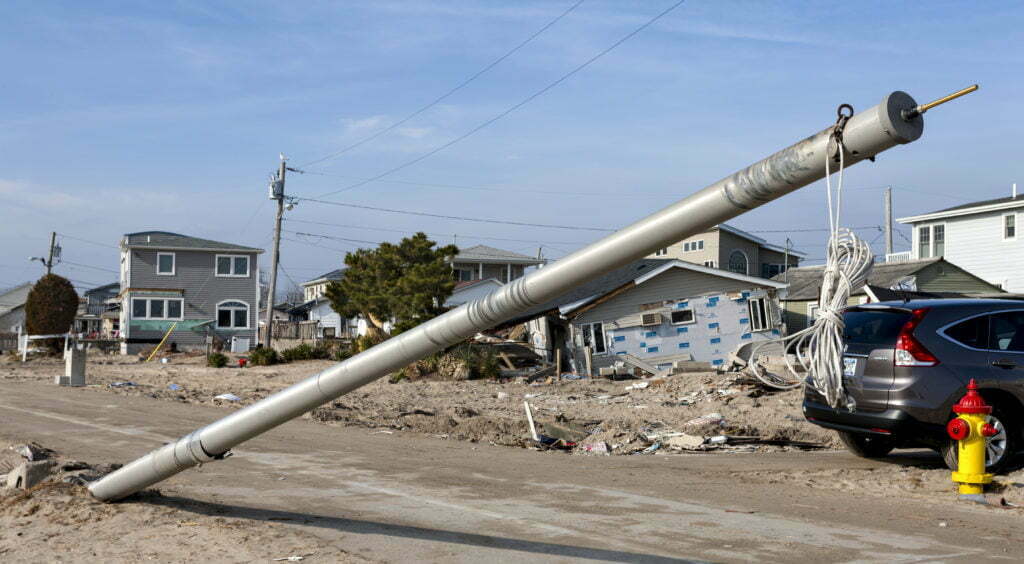Tips: Collecting Data for the Unmet Needs Assessment
Community Development Block Grant Disaster Recovery (CDBG-DR) ProgramWhether your community is a grantee or subgrantee of a CDBG-DR award, you will be required to complete an unmet needs assessment to help prioritize your recovery projects and determine how your funding will be allocated between housing, economic development, and infrastructure recovery projects.
Based on IBTS’s experience conducting unmet needs assessments across the country, IBTS provides the following advice to ensure communities collect the data needed to inform their Action Plan.
Begin collecting data on damage as soon as the disaster subsides.
- Put a dollar amount on as much storm damage as possible to sectors like homes, local business, infrastructure, loss of life, and more.
Designate an individual or team to collect and systematically record data.
- Emergency managers, city managers, county administrators, or other local leaders often lead the data collection process. However, it often requires an all-hands-on-deck approach.
- Use HUD‘s data collection requirements, which can be found in the Federal Register notice for your award, to develop an organizational plan for your assessment.
Develop and implement a public outreach plan.
- This often involves going door-to-door to speak with homeowners individually.
- When speaking with homeowners, ask about damage to their business, vehicles, second properties, etc., in addition to their homes.
- Use all available methods of communication, including social media, local news outlets, public service announcements, and town hall meetings.
- Encourage local agencies to ask their members for unmet needs.
Target specific sectors of your community.
- Some religious, economic, racial, non-English speaking, or ethnic sectors may be less willing to share their needs or reach out for help.
- Communicate with these groups individually, such as by canvassing areas with a high density of one or more of these populations. If possible, send a team member who can break down communication barriers and empathize with these groups.
Engage the local religious community, NGOs, and nonprofits.
- Reach out to local religious leaders for data – residents will often report damage to the leader of their congregation but not to the local government.
- Set up a table at local religious institutions to talk with community members on their way in and out of services.
- Consider including leaders from community organizations on your unmet needs assessment team.
Implement a memorandum of understanding (MOU) with FEMA, the Small Business Administration, insurers, and other local agencies as quickly as possible.
- Ideally, your jurisdiction’s emergency management agency should have MOUs in place before a disaster hits. If not, implement them as soon as possible to ensure you have access to available data sources.
- Have this HUD sample form for requesting data from FEMA on hand to expedite the data retrieval process.
- Don’t forget to have MOUs or similar agreements in place with local churches, insurers, NGOs, and other nonprofits.
Track assistance received from other sources to avoid duplication of benefits.
- Your unmet needs assessment can not include needs that have already been covered by other sources of assistance, such as FEMA, SBA, insurance, and local or national charities.
- Your unmet needs can include projects that other disaster assistance has not been applied to, or to fulfill the remaining need on projects that other assistance has been applied to but only for a portion of the cost.
- For example:
- If your city incurs $60 million in home damage, but homeowners’ insurance has already covered $40 million, your unmet need is only $20 million.
- If five of your bridges are damaged but FEMA provides assistance to repair three of them, CDBG-DR funds can be used to repair the remaining two.
See the links below to find more resources and information from HUD on conducting an unmet needs assessment.
CDBG-DR Duplication of Benefits Webinar
Data Sources: Disaster Impact and Unmet Needs Assessment Kit – Appendix C

